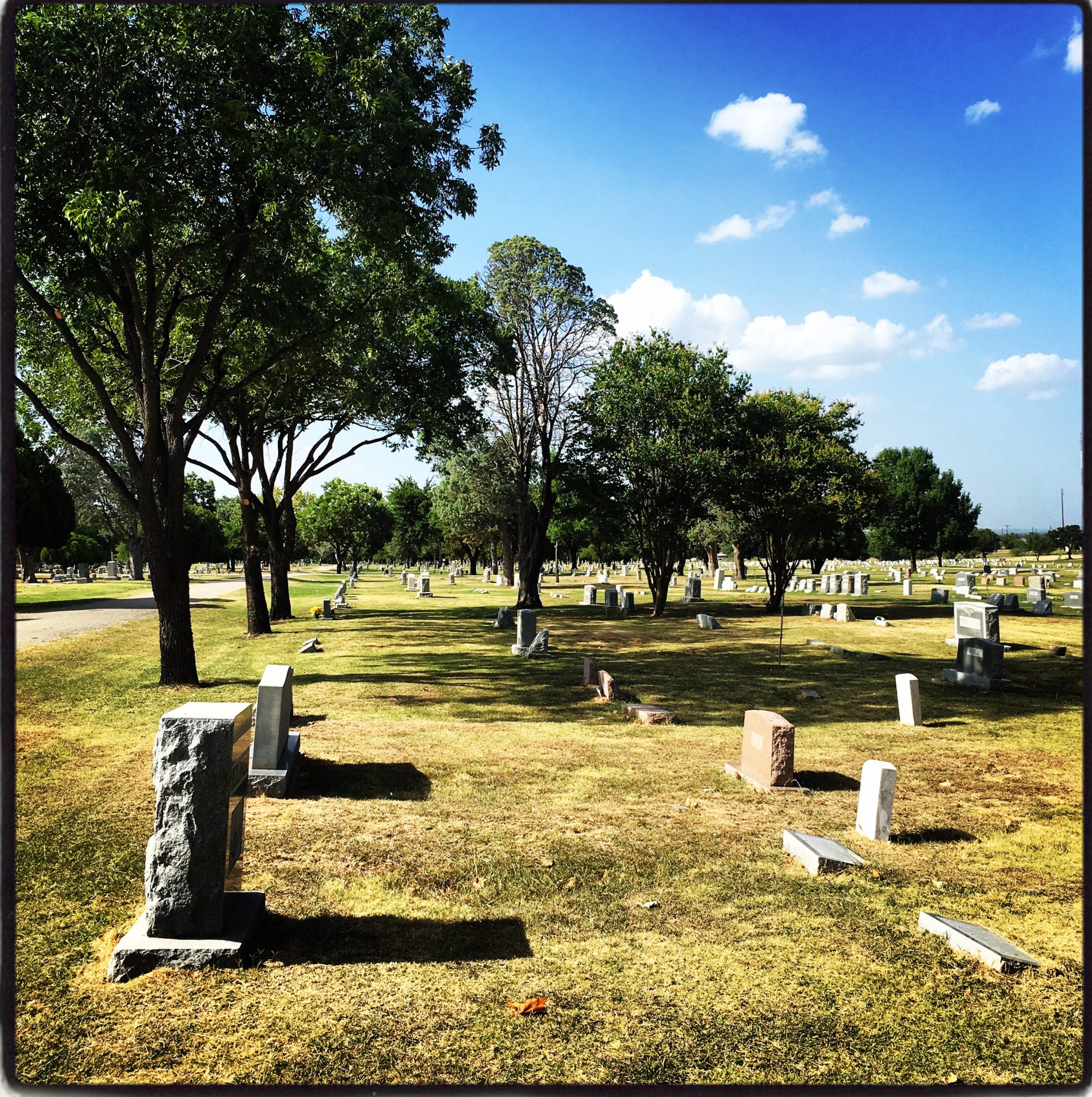Dr. James Addison Abney, commonly known as Dr. Jim, was born in Tennessee in 1846. At 3-years-old, he came to Texas with his family.
In 1868, he was serving in the Confederate Army at Camp Ford, near Tyler. During this time frame, he married Susanna Davis, and became a doctor. Dr. Jim practiced medicine in Homer (East Texas) and Lufkin.

They moved to Lampasas due to his wife’s poor health, and stayed there after her passing. He came to be one of the town’s leading physicians.
He later married Almonta Bartlett, who was the daughter of one of Lampasas’ oldest families. His new wife owned a ranch near Blanket, so they moved to Brownwood to be near it. He was actively engaged in ranching, and purchased more acreage on the Colorado River, near Eden.
In Brownwood, Dr. Jim formed a partnership with Dr. Turney and Dr. B. A. Fowler. Their medical practice helped establish Brownwood’s first hospital in 1896

The Frisco Railroad was extended from Brownwood to Brady, passing through Dr. Abney’s land on the Colorado River. He and E. H. Broad, owner of a nearby ranch, each decided to build towns along the railroad tracks. Broad tried to start a town called Broadwood, while Dr. Jim chose for his new town the name Winchell, after the president of the Frisco Railroad. The railroad endorsed Winchell, but not Broadtown. Winchell quickly grew into a small town. It had a small newspaper, blacksmith shop, with other businesses following soon after. At one time, Winchell had three cotton gins and two churches.
At one time, Dr. Jim sold 500 steers, which had to be delivered to Barnhart by way of a cattle drive. They moved about ten to twelve miles each day, for three weeks, and didn’t lose a single head of cattle.

In 1906, Dr. Jim and his son Fred, who was a pharmacist, opened the original Citizens National Bank, in Brownwood. In later years, he sold his ranches and invested most of his money in the bank.
Dr. Jim lived to be almost 101.
Most of this information is from a 1965 Brownwood Bulletin. Pictures are from FindAGrave.com.

